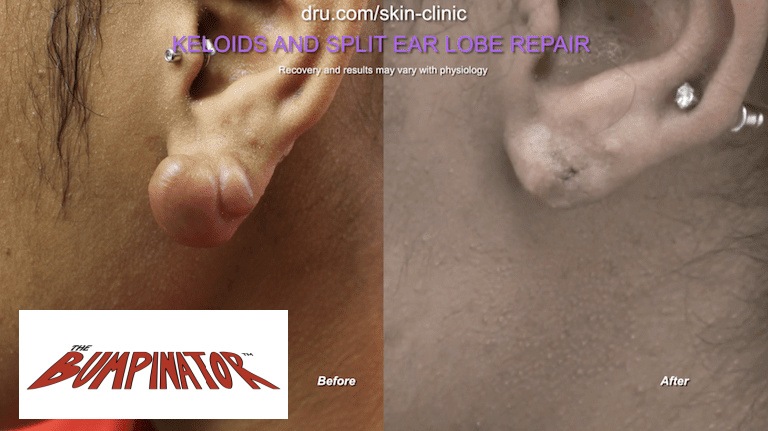Lawndale Teen Struggles With Embarrassing Ear Keloid Bumps
Lawndale Teen Struggles With Embarrassing Ear Keloid Bumps: If you notice your skin thickening after a piercing, particularly ear piercing, you could be growing an… Read More »Lawndale Teen Struggles With Embarrassing Ear Keloid Bumps
